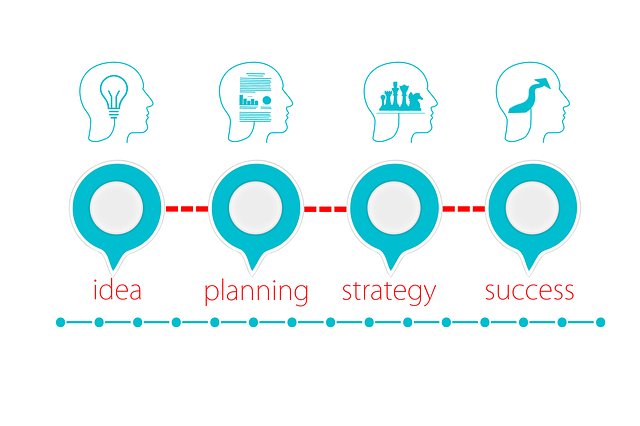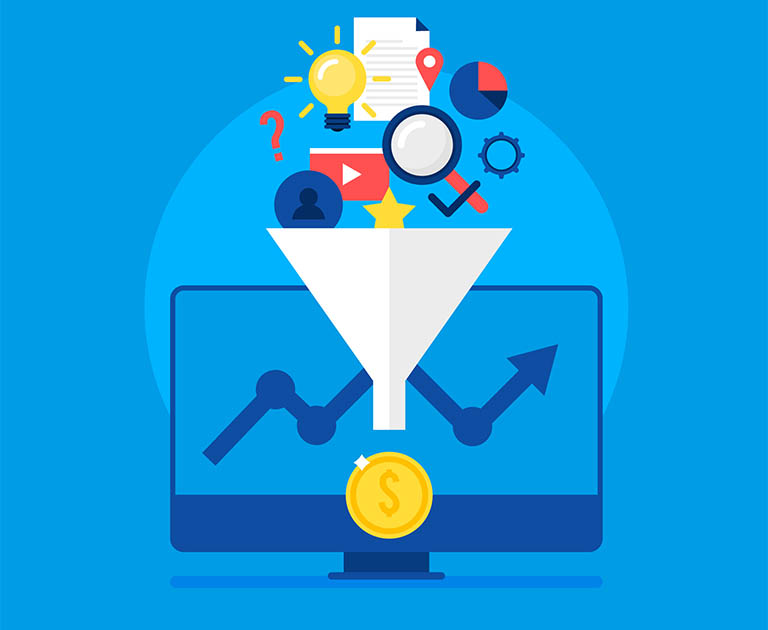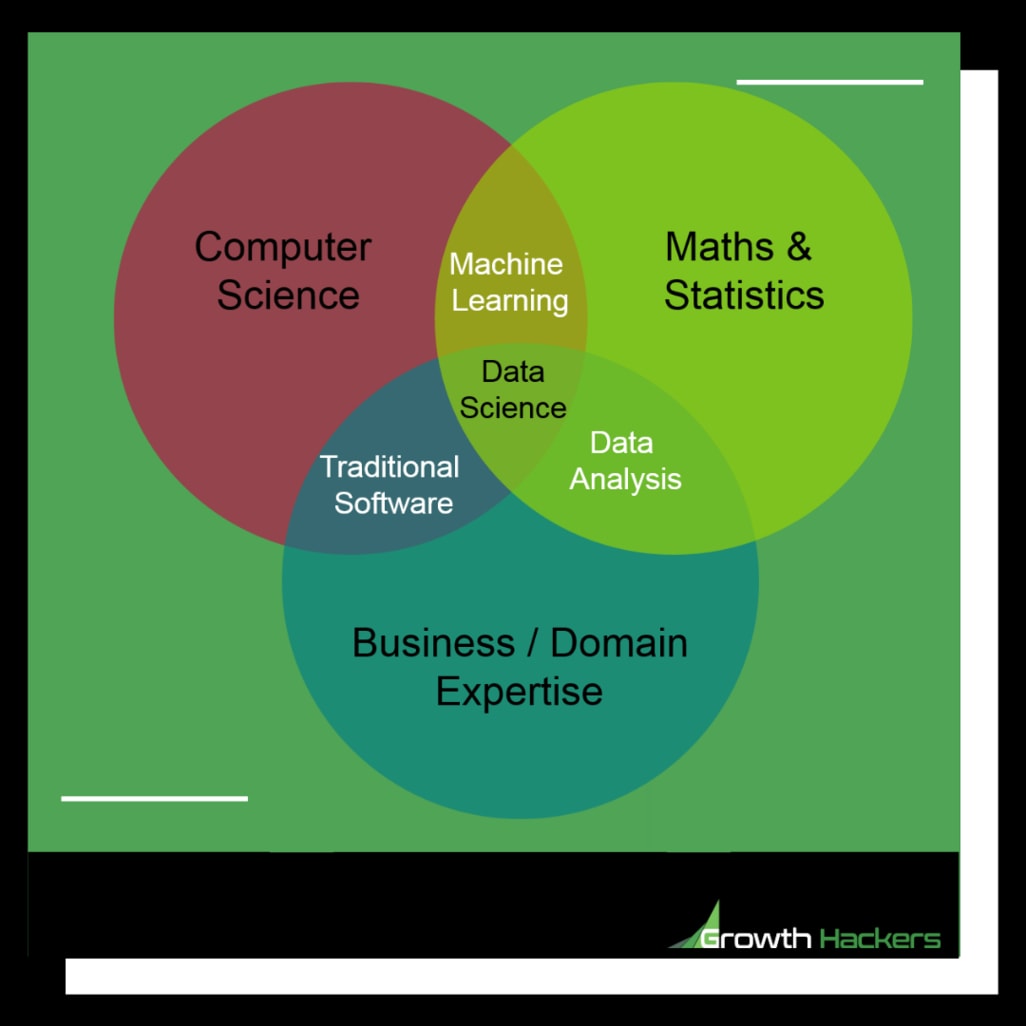Numbers are what fuels modern businesses. Before you build a stable foundation, you need to focus on those figures that have a considerable impact on profitability. With that, a comprehensive data-driven guide to growing your sales is a must. Given that many business decisions today are influenced by data, it's best to leverage the advantages that data analytics bring to the table. Business owners are becoming more aware of using data for growing their sales. But despite the increasing awareness and sensitivity to digital transformation, businesses still need to equip themselves with the right knowledge and tools for using data to close more deals.
Here's a 3-Step Data-Driven Guide into Growing your Sales
Step 1 : Know Your Variables
Working with data is not just a matter of crunching numbers and making sure everything else adds up. It takes more than just simple arithmetic to fully integrate data to your business processes. Before you get into the nitty-gritty of building your data analytics infrastructure, you must identify those metrics that are important to focus on. This is a matter of obtaining crucial information about your business and about the products or services you offer.

Analysis should begin by identifying those variables that influence your business' ability to look for and convert new customers. There are a few things you should look at: Conversions: Conversions tell you a lot about how many of your contacts could end up actually purchasing an item or signing up for a service. Obviously, this is an important metric to start with as it gives you a general idea of how well your business is performing. Then again, using this metric alone will not suffice in giving you a clear picture of actual conditions. Organic Visitors: If you have a website for your business, you need to look at the number of people who are actively searching for the solutions you sell. Indeed, maintaining an effective website can help you grow your sales, but it is only if you make your website searchable that will allow you to increase your numbers. Cost-per-lead: Generating, nurturing, and converting leads costs money — a lot of money. You just can't throw a couple thousand dollars on an online advertising campaign thinking that it will result in a higher ROI. The best thing to do is determine how much you are spending for each lead and what strategies you can apply to reduce costs and maximize your gains. Focusing on these variables should give you a basic understanding of what it is you need to measure and include in your current business strategy.
Step 2 : Plan a Sales Funnel
After you have identified the variables you need to support your sales endeavors, it is only a matter of using such information in planning out the sales funnel. A sales funnel is basically the process you use to generate interest, influence decisions, and facilitate the conversion of customers. In other words, it is the blueprint that defines the success of your business in terms of acquiring sales.
Data is important at every stage of your sales funnel, each one giving clues on how you should interact with your prospects:
Awareness The first step is awareness in which your prospects become aware of your business and the solutions it can offer them. This should be a critical part of the sales funnel because it involves a deeper analysis of specific types of data, one of which is behavior. Preferences and online activities are just a few things you will need to track to improve your marketing campaign. Added to that is the use of firmographic data, which divides your market into workable segments so you can deliver personalized content to each one. Interest Once you have your audiences hooked on your messaging, your new objective should be to keep them engaged long enough that they decide to purchase your products. Using behavior and activity-based information, you can create marketing collaterals that add value to your interactions. People are bound to know a lot more about your business at this phase, so it is important to give them critical information that will eventually convert them. During this phase, you may want to keep track of your website and social media engagement numbers to properly track your prospect's journey down the funnel. Action Once you have generated enough interest, you can ramp up your efforts by providing sales collaterals. These should be created with the intent of giving your prospects one last push to finally convert. It is only a matter of gathering all the data and insights that were generated throughout the journey to come up with content that will motivate them to purchase your product. For this, it is important to give concrete numbers regarding your product. Detailed content can be ultra-useful if the prospect proves to be a harder fish to catch. In both ways, you need enough information to be able to pass that final appointment with flying colors. When everything works out, you can expect to close as many deals as you want without having to spend more time and even more money waiting for a closed deal. This is all basic, but the most difficult part is when you actually go through the motions of building your sales funnel using whatever essential data you have. Indeed, creating a sales funnel is easier said than done — unless you use the right platforms with the right features. When you are out looking for one, you should focus on features that let you create highly engaging landing pages, order forms, and automated webinars. Basically, you need something powerful to put all these elements together and provide you with the tools you need to accurately track buyer journeys. But data should not stop at helping you build a highly converting marketing campaign. It also has value in terms of helping you create the right content to deliver.

Step 3: Build a Content Strategy
Coming up with an effective sales funnel is a different thing all on its own, and so is creating content. All the same, your content strategy should not rule out the value of data, which gives you enough context for your customer engagement activities. When it comes to content, data-driven solutions are vital to maximize your time and resources. As you come up with an ideal client profile and build an effective sales funnel using the right platforms, you should also spend time researching effective content.
There are five ways to go about this: Competitor analysis: If there is anything you need to do to craft an effective content strategy, it's keeping tabs on your competitors. Taking the time to research their marketing strategies should give you enough knowledge on how you can improve your own campaign. Take a look at the number of likes they generate for each social media post and try to figure out what makes their posts engaging. SEO analysis: Of course, you cannot simply create content without taking into account how it would rank in the Google search results. That said, you need to conduct extensive keyword research using the right tools in order to come up with a list of keyphrases and terms you can use based on their click-through-rates. Taking the time to generate industry-specific keywords helps you create blogs and other content that are easily searchable. Campaign analysis: Using the right information, you can tweak certain aspects of your marketing campaign to drive sales. In this sense, it helps if you are able to make full use of analytics tools that can help drive engagement and clicks. Google Analytics, for instance, can help improve your blogging campaign by providing you comprehensive information about your online marketing efforts, from the volume of organic searches you are generating to the number of successful closes your campaign makes.

The right data will help you improve your content marketing strategy by giving you an idea of what channels to use to maximize the reach of your messaging. What you want to do is have a sales enablement and sales operations strategy in place by having your marketing and sales team work closely together. The sales team will ask the marketing team the kind of content they need to make their work easier such as case studies, portfolio, brochures, comparison with the competition... You can also use data to optimize each part of your multi-channel marketing campaign like: Social media. Click-through-rates and reach are particularly helpful in making sure all your social media content is effective enough to raise awareness about your brand. You may also combine this with attributed conversions and referrals to have a more comprehensive view of all your online marketing efforts. E-mail. An email marketing campaign is very powerful during the interest phase. You just have to do it right using data that indicates how well the campaign is performing. Open rates, CTRs, spam complaints, the growth rate of your mailing list and other metrics should give you enough insights into the effectiveness of your lead nurturing activities. Blogging. In terms of measuring your blog’s performance, you might want to focus on such indicators as the number of inbound links generated, social shares, and, more importantly, organic visits.




